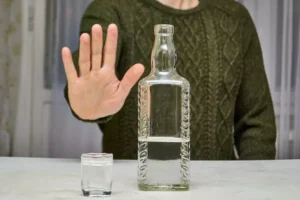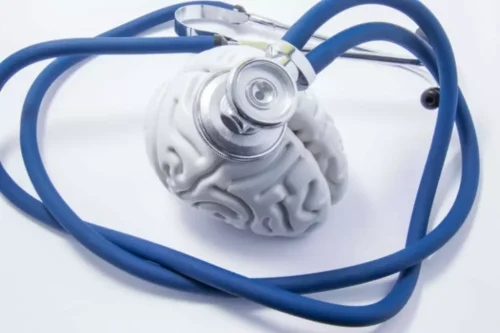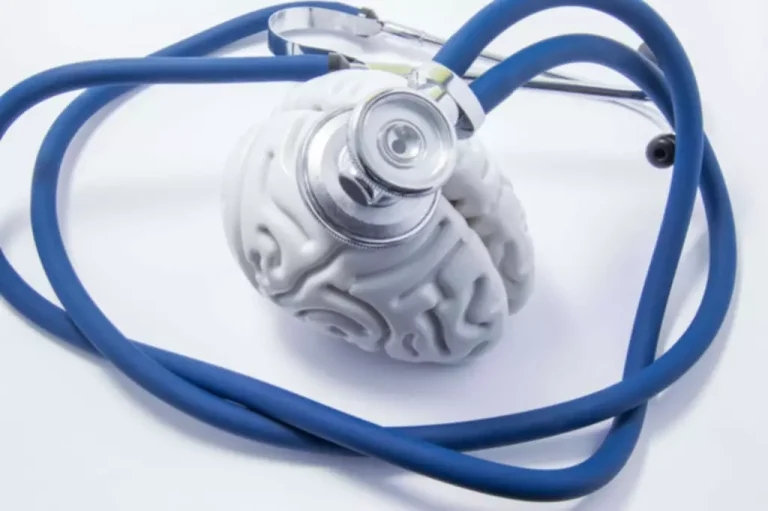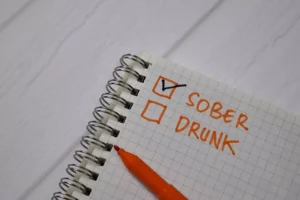
Armed with guided prompts, participants take turns sharing snippets of their journey. It’s like a literary tapestry, woven with threads of struggle, triumph, and everything in between. This exercise not only builds empathy but also helps individuals recognize the universal themes in their unique stories. Discuss how treatments for physical illnesses – like broken bones or infections – are similar to treatments for psychological illnesses like addiction. Brainstorm ideas for the ideal hospital or retreat to provide you with mental and emotional healing. Think of emotional problems you face, such as depression or a bad temper.
- This involves refraining from engaging in personal or professional relationships with participants outside of the group context to ensure an equitable and safe environment.
- It’s empowering to know you’ve got a arsenal of strategies at your fingertips when challenges arise.
- Tailoring group therapy activities to the specific needs and challenges of the participants enhances their engagement and promotes a more effective recovery process.
- This session discusses the importance of setting personal boundaries and provides strategies for communicating them effectively with others.
Discover Therapy Worksheets to Help Your Clients and Streamline Your Practice

This session discusses the importance of setting personal boundaries and provides strategies for communicating them effectively with others. Understanding lasting benefits means following up with participants even after they complete therapy. Create a simple system to check in periodically and document their ongoing progress. Good record-keeping helps identify which aspects of your program create lasting positive change. Consider a structured session format, which what is alcoholism works well for patients who need clear boundaries and predictable routines to manage their symptoms. These sessions often focus on specific themes or techniques that help ground participants during difficult emotional states.

Positive Affirmations
Additionally, this can promote an environment where group members feel comfortable asking for help when they find themselves struggling. For group members who are new to recovery, group sessions can provide valuable education about addiction and recovery. This article offers a practical guide, featuring a comprehensive toolkit of 30 diverse group therapy activities designed to enhance sessions and meet various therapeutic goals. Whether the aim is to improve communication, build trust, boost self-esteem, or reduce anxiety, these exercises are tailored to address the complex needs of group members. Substance abuse group activities focus on creating an environment where members feel safe sharing their thoughts and experiences.
- In this session, members reflect on achievements and strengths that reinforce their self-worth and provide motivation for their recovery journey.
- Imagine stepping into a room filled with individuals who understand your journey—the struggles, the triumphs, and the hopes for a better future.
- When you can demonstrate clear benefits, you build trust and create opportunities for growth.
- NYC 988 Counselors are trained to accept calls from deaf and hard of hearing individuals using video relay services.
How does Two Dreams use group therapy in addiction treatment?
Pairing members to practice active listening allows them to repeat and respond with empathy, strengthening mutual understanding and reinforcing the group’s supportive environment. This activity discusses the qualities of supportive relationships, such as trust and respect, and explores ways to build or repair these connections to foster a strong, encouraging network. Mindfulness exercises encourage individuals to be fully present in the moment, heightening self-awareness and reducing impulsivity. Regular practice enhances emotional regulation, diminishes feelings of overwhelm, and bolsters an individual’s capacity to manage triggers effectively.

This group therapy activities substance abuse activity can bring clarity, reinforce personal resolve, and foster understanding with those who matter most. Good nutrition is foundational for mental and physical health, especially in recovery. This session educates members on balanced diets, the importance of nutrients, and how dietary choices can positively impact mood, energy, and overall well-being.
- Add one activity that would help you improve your physical, emotional, mental, or spiritual health.
- The activities in group therapy promote bonding, enhance communication skills, and foster trust.
- Facilitators should be prepared to manage potential crises by having trauma-informed strategies in place.
- Mock job interviews and resume building workshops prepare individuals for re-entering the workforce with confidence.
Gathering Feedback and Measuring Progress
Research shows that group therapy can be as effective as individual treatment for substance use disorders (Substance Abuse and Mental Health Services Administration, 2005). Group clay projects help build trust and connection between participants in a natural way. As members work together on a shared piece, they practice communication and compromise while staying focused on a common creative goal. The finished sculpture becomes a physical symbol of what the group can accomplish together. Research has shown that clay-based group art therapy significantly reduces feelings of isolation in older adults, with measurable drops in loneliness and hopelessness.
Leave a Reply